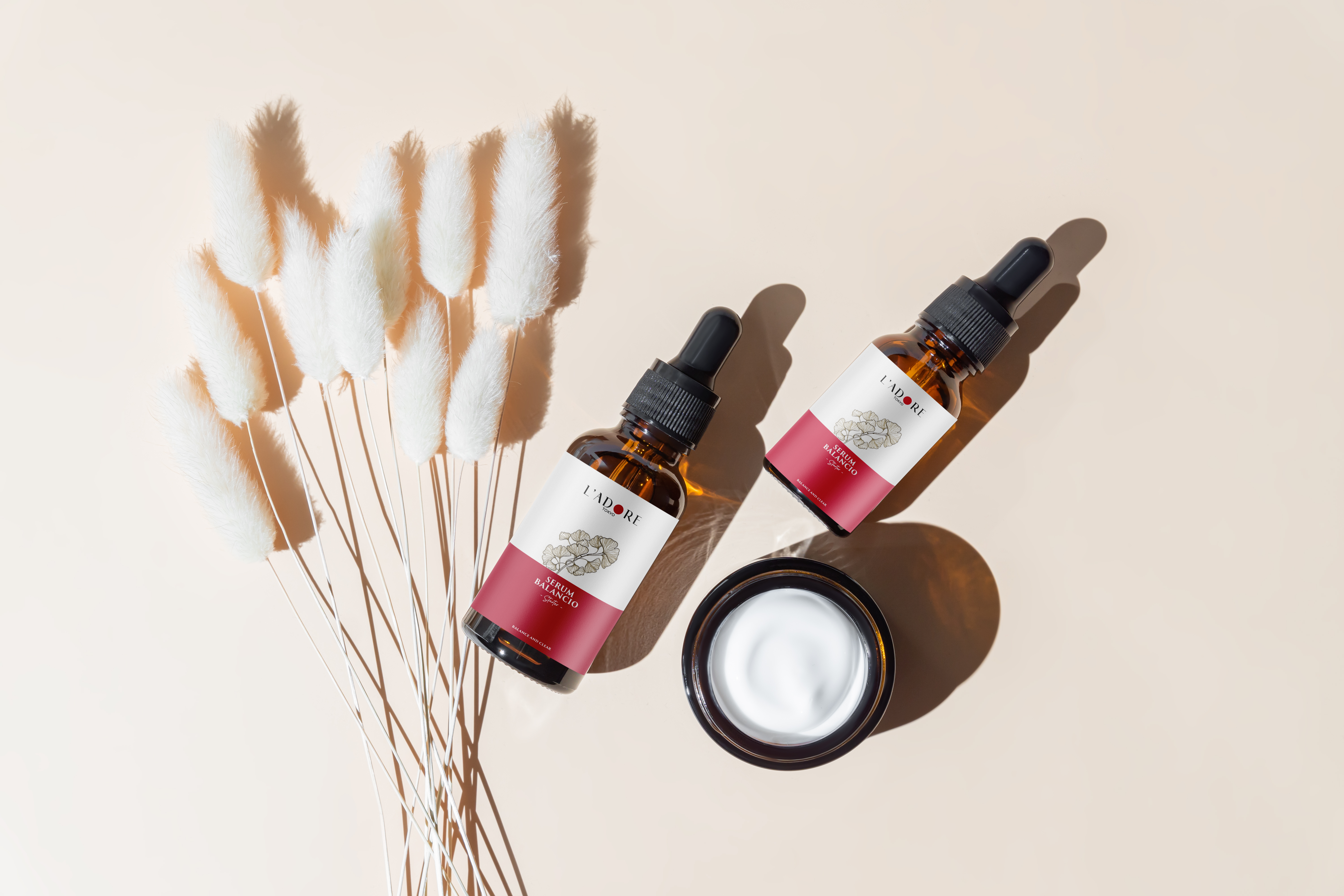Vegan
OUR PRINCIPLES

Title
Compassion for Allergic Skin
What Do Our Products Not Contain?
Why Don't We Include These Components?
Title



